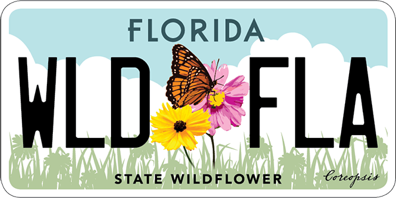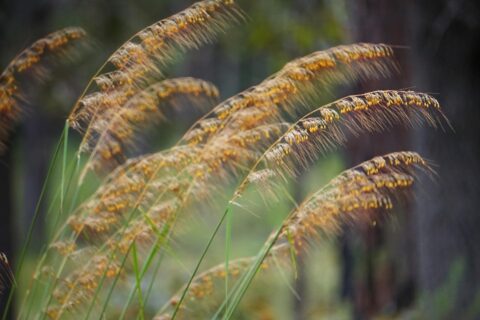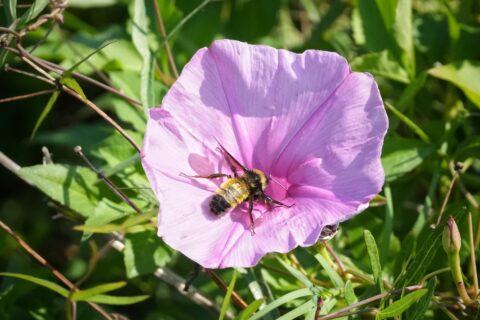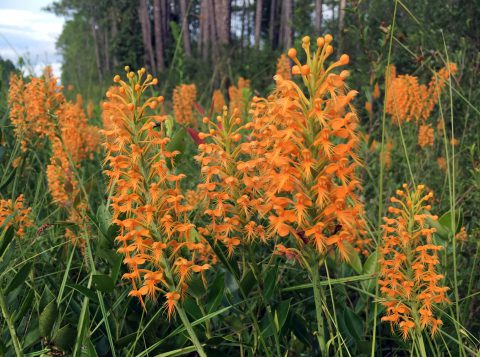Our Wildflower Family
Getting to know plant families is a great way to expand your botanical knowledge and improve identification skills. Here we are featuring Florida native wildflower families, exploring their ecological role and relationships to pollinators.
For an in-depth review of plant families, watch our webinar Botany in Context: Getting Familiar with Plant Families by Dr. Jim Folsom.
Family Profile: Ericaceae
Ericaceae is a fascinating plant family with about 4,250 species recognized worldwide. Its diverse members include herbs, shrubs and trees — many of them evergreen, although there are notable deciduous exceptions within the Rhododendron and Vaccinium genera.
Family Profile: Apiaceae
Apiaceae is a relatively large plant family with more than 3,800 species worldwide. Of the 29 genera found in Florida, most only include one or two species. However, Eryngium includes nine species, two of which are non-native.
Family Profile: Poaceae
Poaceae is a large and diverse plant family comprising more than 11,000 species of grasses worldwide. There are around 500 species found in Florida, nearly half of which are non-native.
Family Profile: Convolvulaceae
The Morning glory family (Convolvulaceae) consists of more than 1,600 species worldwide, primarily composed of herbaceous vines. The family name is from the Latin convolvere, meaning “to wind.”
Family Profile: Lamiaceae
Lamiaceae is a family comprising over 7,100 species worldwide. It features many versatile wildflowers that make excellent additions to home and urban landscapes in Florida, including American beautyberry, Spotted beebalm, and Tropical sage.
Family Profile: Orchidaceae
With over 25,000 species worldwide, orchids are one of the most universally recognized types of wildflowers. They fascinate us and have been woven into the fabric of human cultures and mythologies for centuries.
Together, we’re growing a statewide wildflower movement – join the family and help us grow!







